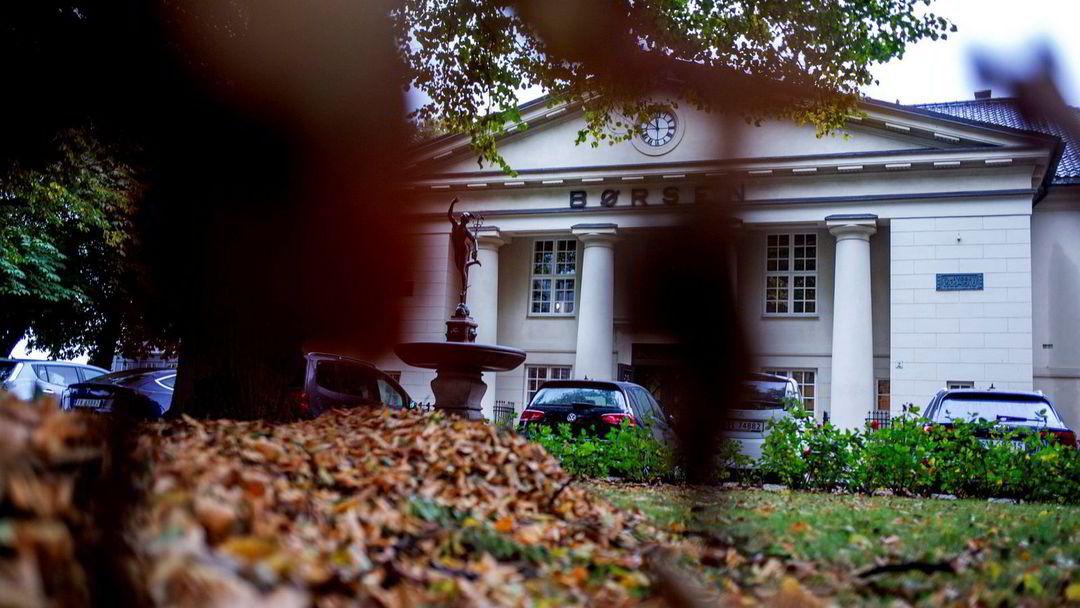The main index on the Oslo Stock Exchange fell around 0.6 per cent from opening on Friday, but has recovered after a short half-hour of trading and is now reasonably flat.
This comes after several of the American technology giants on Thursday mostly presented seemingly good results for the third quarter, but which were generally received rather poorly by the market.
Twitter, for example, fell 17.53 percent in aftermarket after presenting results. Apple fell over four percent. This means that these shares are expected to fall quite sharply when trading on Wall Street opens. This affects the global markets, including the Oslo Stock Exchange.
Trading in futures contracts on the technology exchange Nasdaq falls above two percent on Friday morning. On the S&P 500 futures, it falls just under two percent.
–
The oil price fell all Friday morning, but at the same time as the stock exchange opened, it soared and rose one and a half percent just a quarter of an hour after the stock exchange opened. A barrel of North Sea oil burned now costs around $ 38. In the last week, the oil price has fallen ten percent.
Newcomer to the stock market falls sharply
The exchange’s largest company, Equinor, falls around 1.8 per cent.
On Friday, the Kongsberg Group presented results for the third quarter, which were greatly improved from last year. The board has approved an additional dividend and repurchase of shares. The share price rises seven percent.
The stock exchange newcomer Airthings, with series founder Geir Førre and former alpinist Aksel Lund Svindal on the owner side, was listed on Merkur Market on Friday and has had a tough debut. Prior to the listing, the company raised money by issuing new shares at NOK 13.50 per share. That is what investors were willing to pay for it then.
On Friday, the Airthings share will be traded for NOK 10.85. This corresponds to a price drop of around 20 per cent for those who participated in the last capital raising, so-called share issue.
Strong krone weakening
Falling oil prices and a sour mood in the stock markets are a bad combination for the Norwegian krone, which has weakened by around 40 øre against the euro in the last three days alone. One euro costs 11.18 kroner on Friday.
Currency strategist Magne Østnor in DNB Markets calls it a bit brutal movements.
– Although both weaker growth prospects and lower oil prices are a strong contributor to the weakening of the krone, this is another example of the self-reinforcing spiral that is being set in motion. The wave of infections, shutdowns and political uncertainty have caused stock market declines, he writes in the bank’s morning report on Friday.
For Norwegian managers, this means that they have hedged more than necessary and that the market value of these hedges has fallen in line with the weakening of the krone, according to Østnor, who writes that adjustments after the financial crisis mean that managers must provide more security to their counterparty in the hedges the following day. which provides a clear incentive to reduce the security amount.
– It involves selling kroner. We should also not rule out that speculators have been positioned for a stronger krone in light of the fact that the Norwegian economy has done well through the crisis and do not see as serious an infection development as in some European countries, the currency strategist writes.(Terms)Copyright Dagens Næringsliv AS and / or our suppliers. We would like you to share our cases using a link, which leads directly to our pages. Copying or other form of use of all or part of the content, can only take place with written permission or as permitted by law. For additional terms look here.
–


